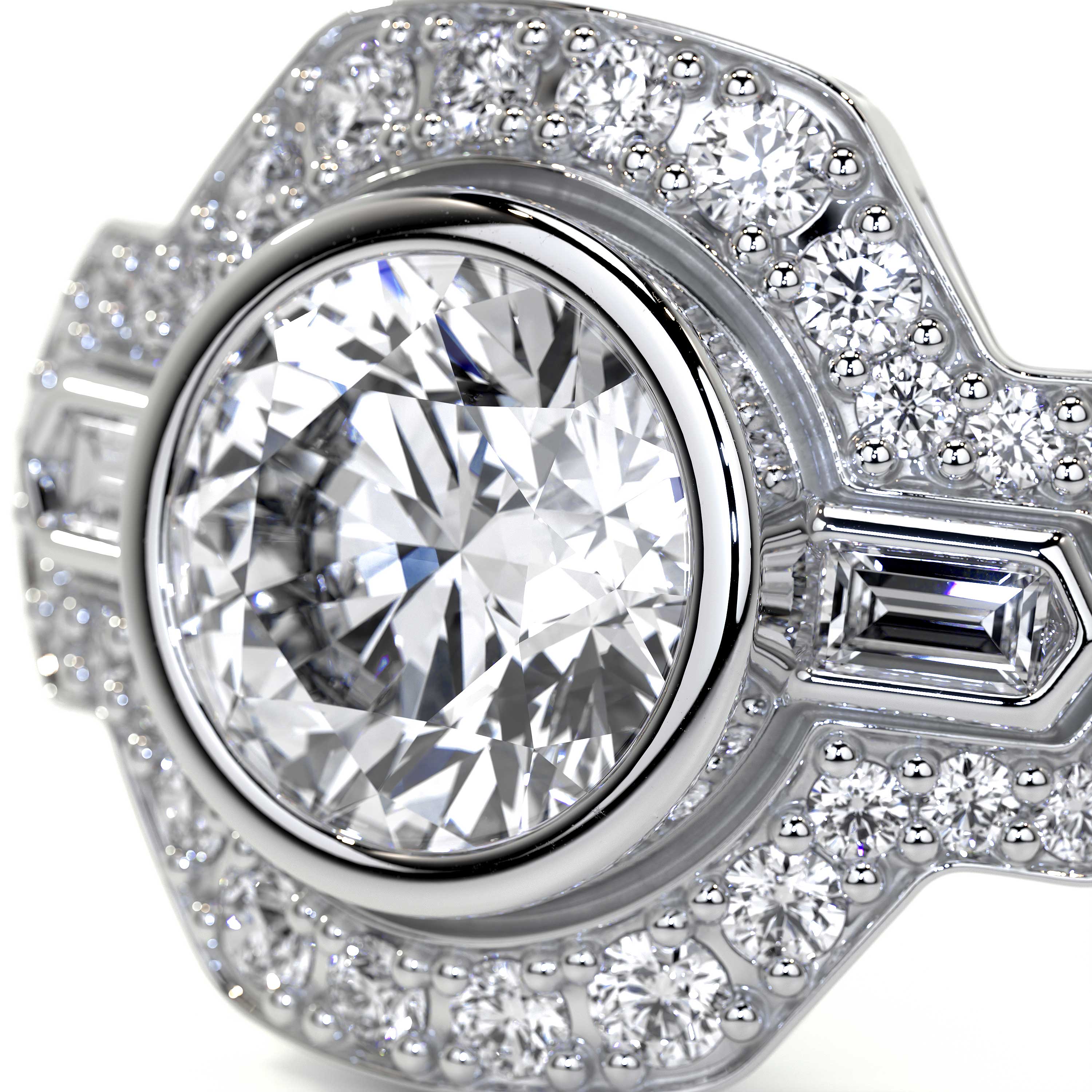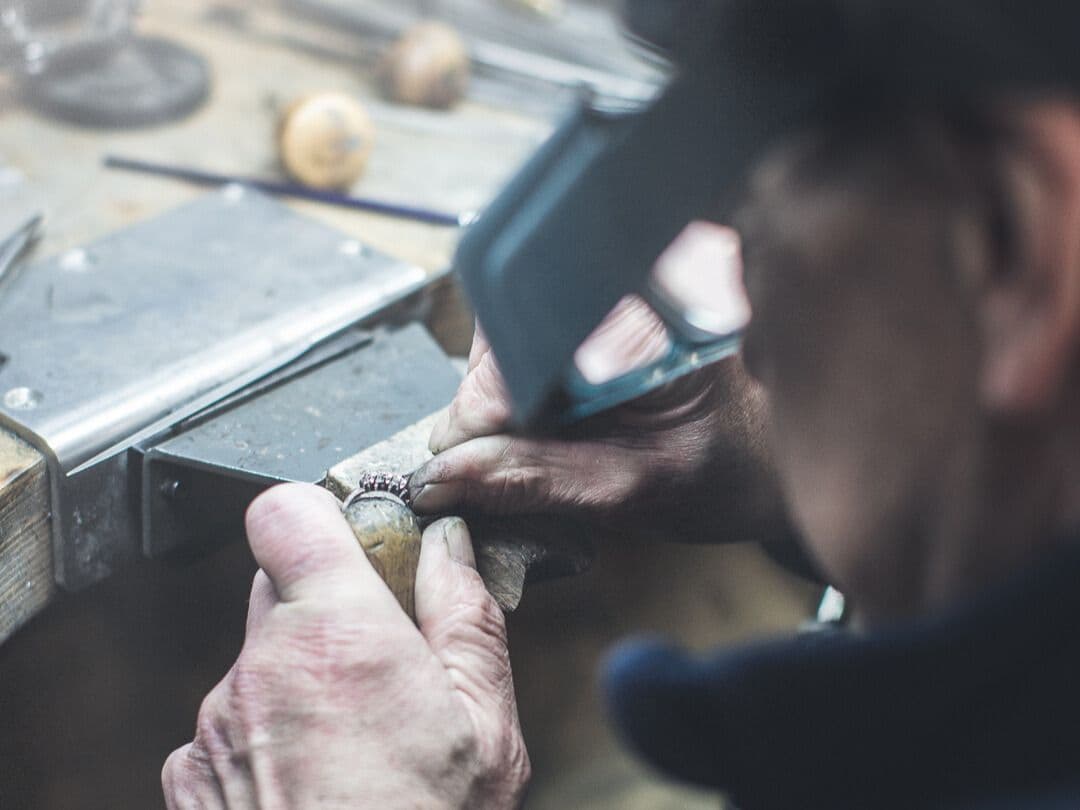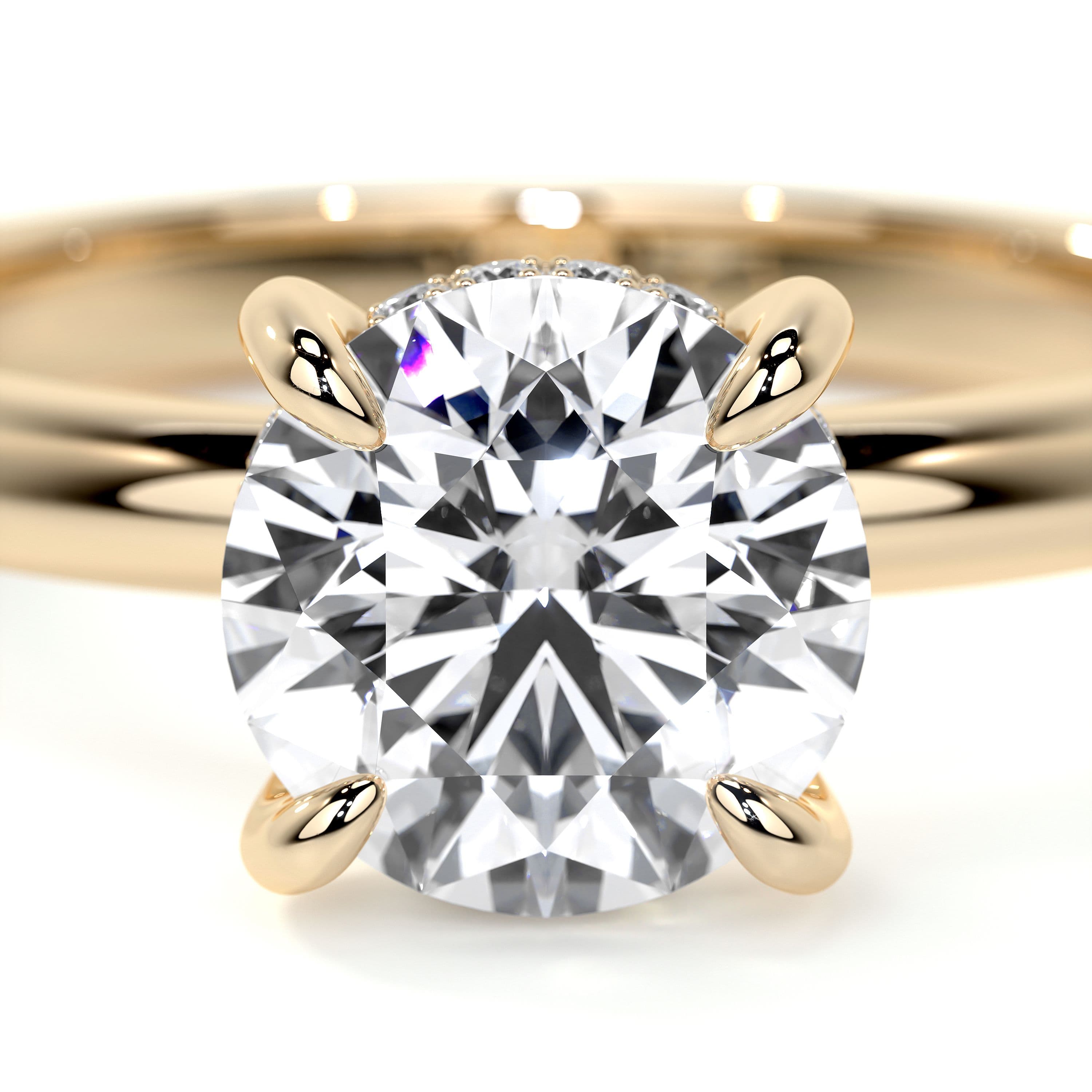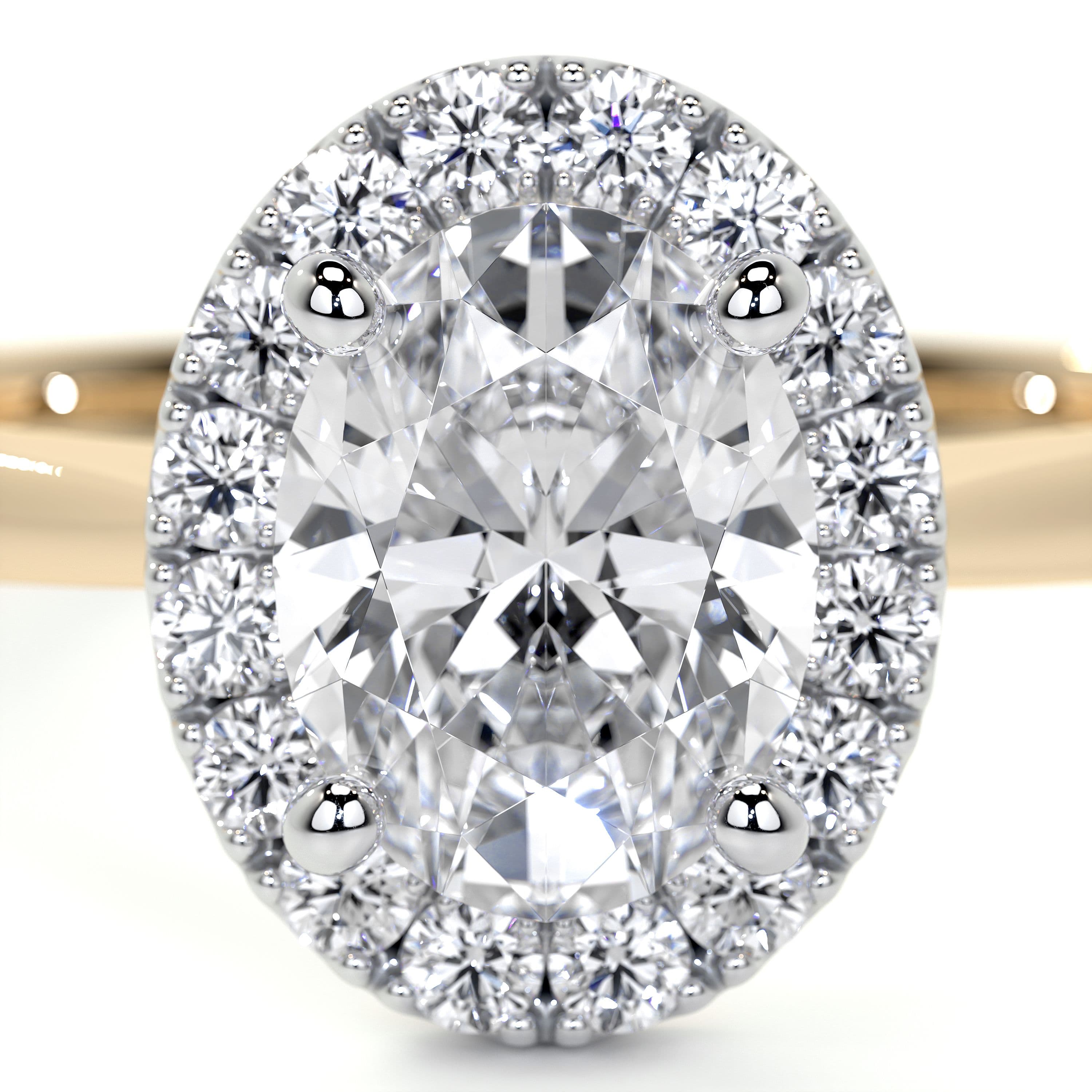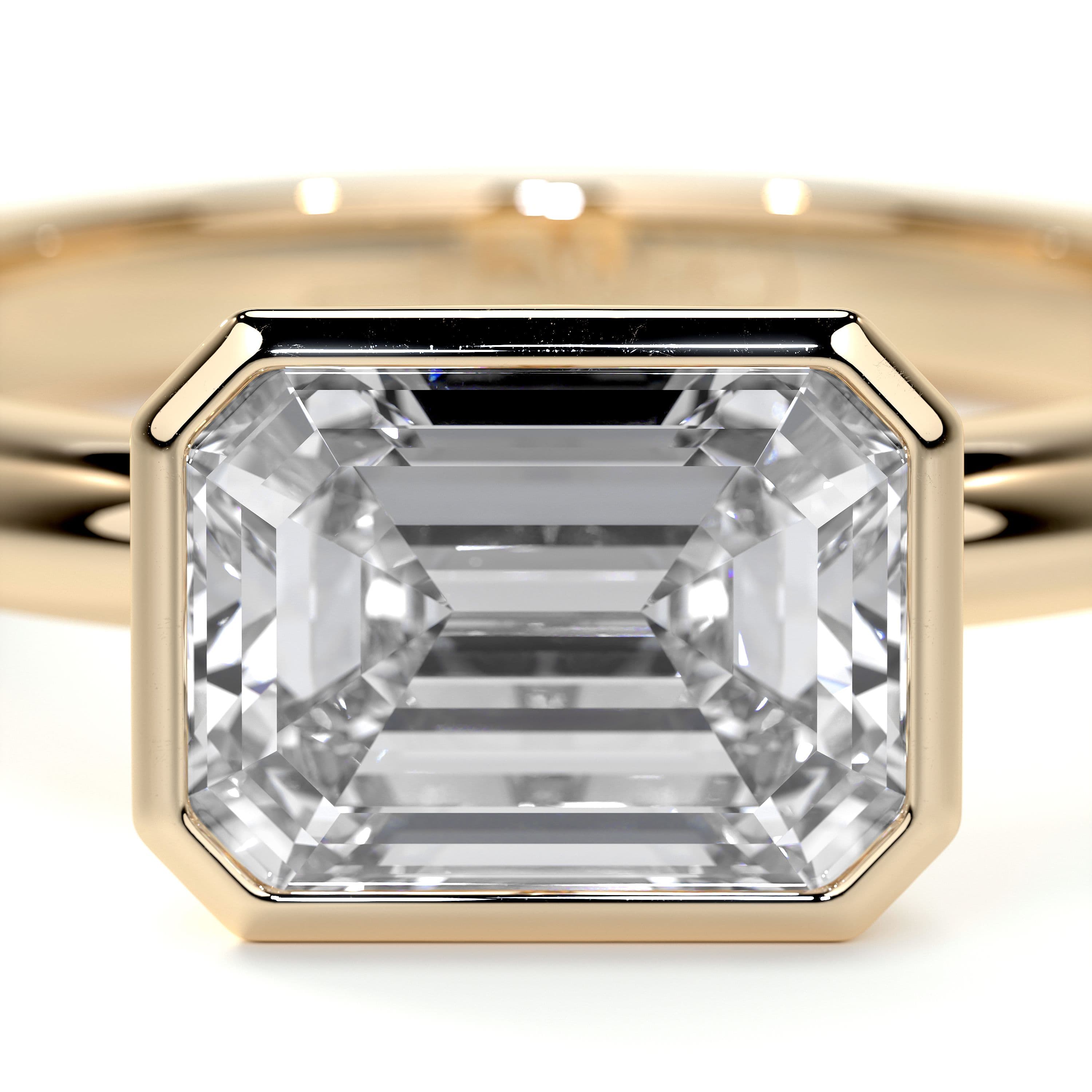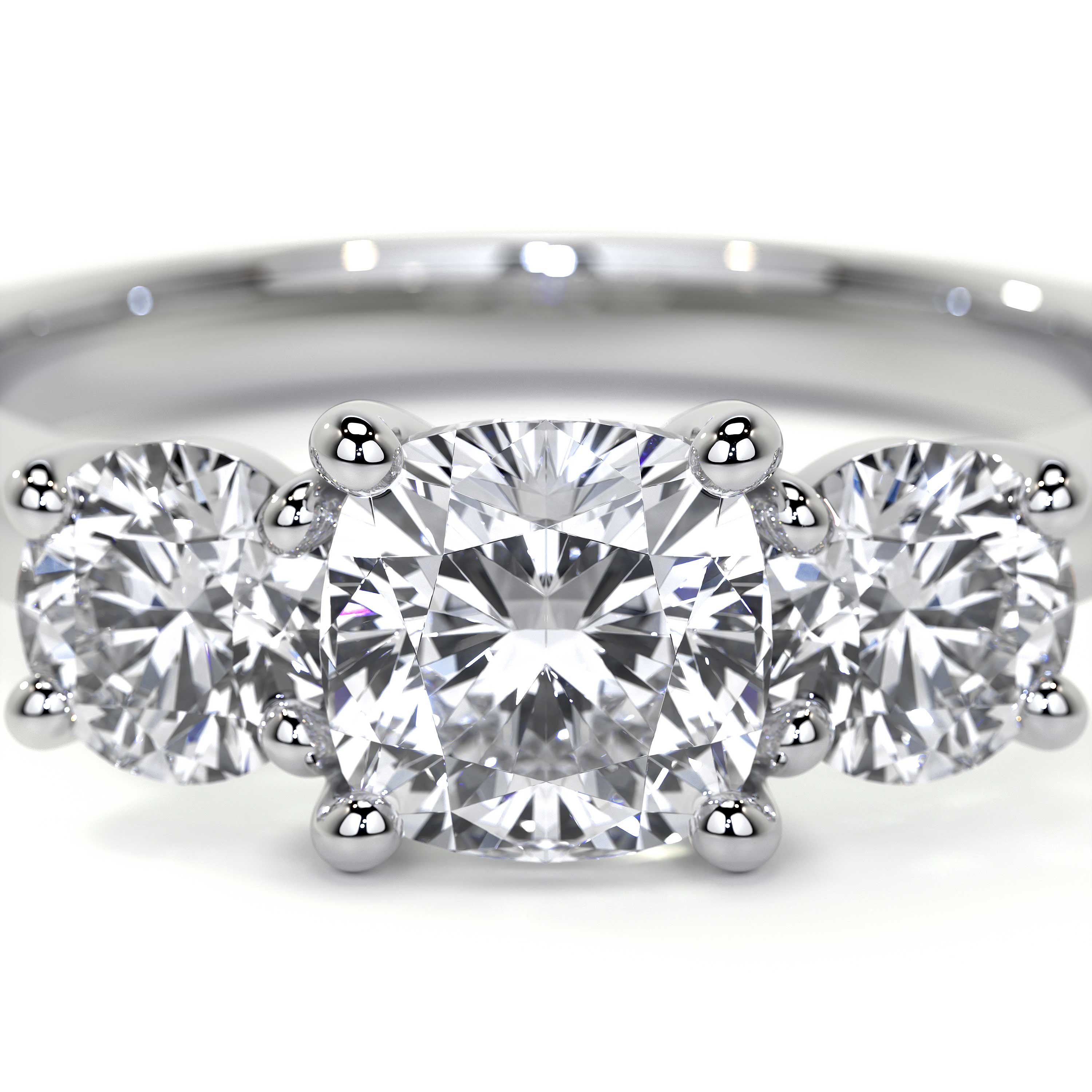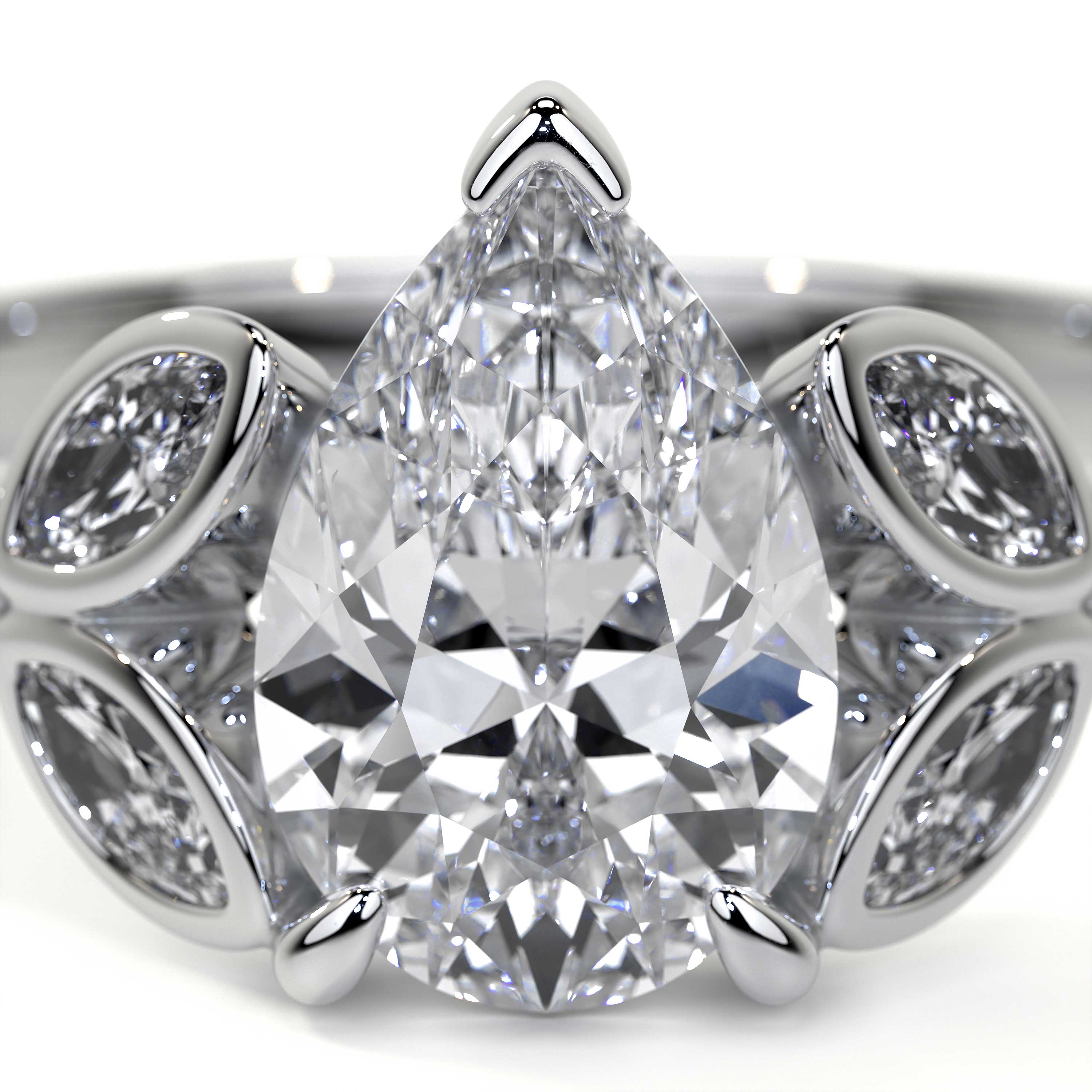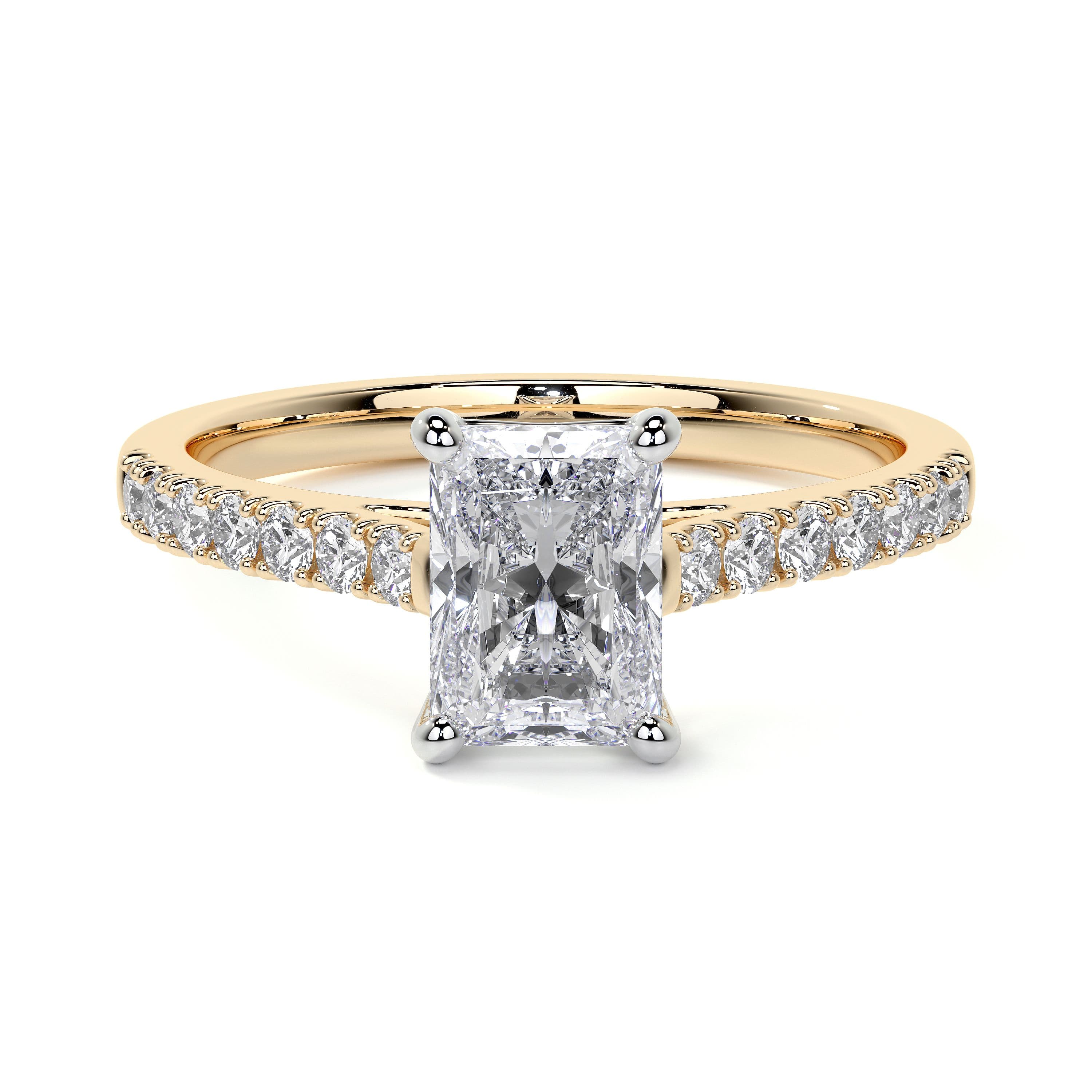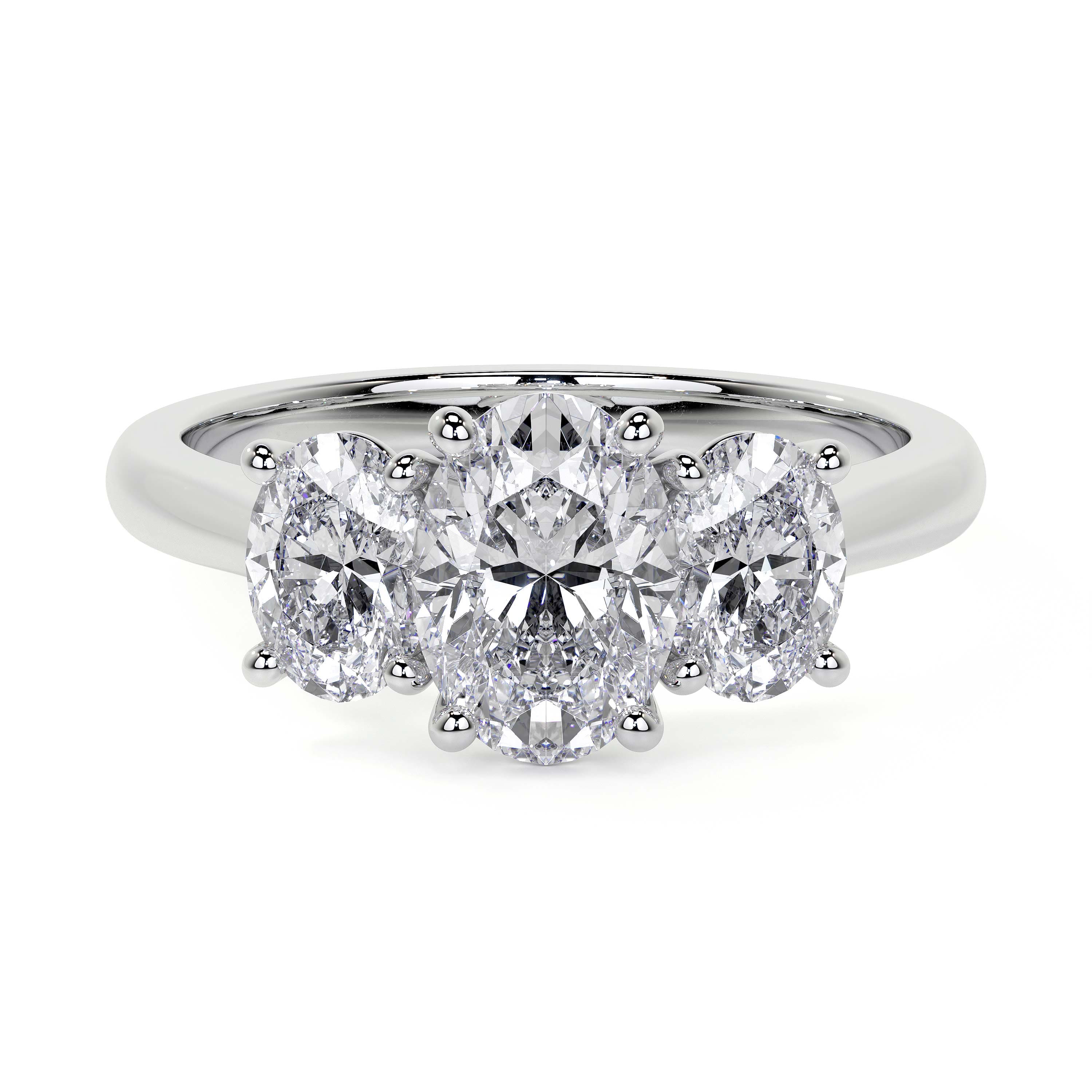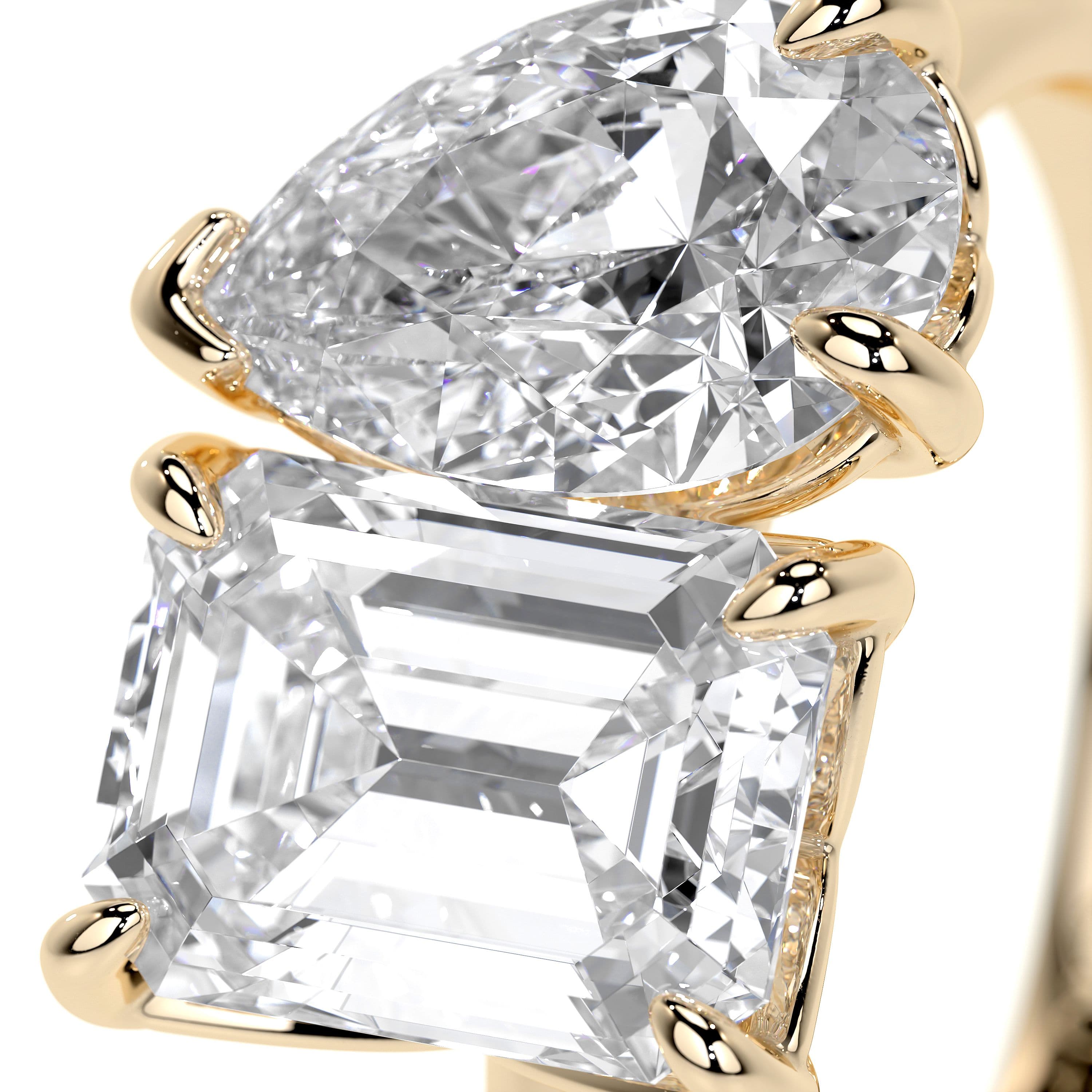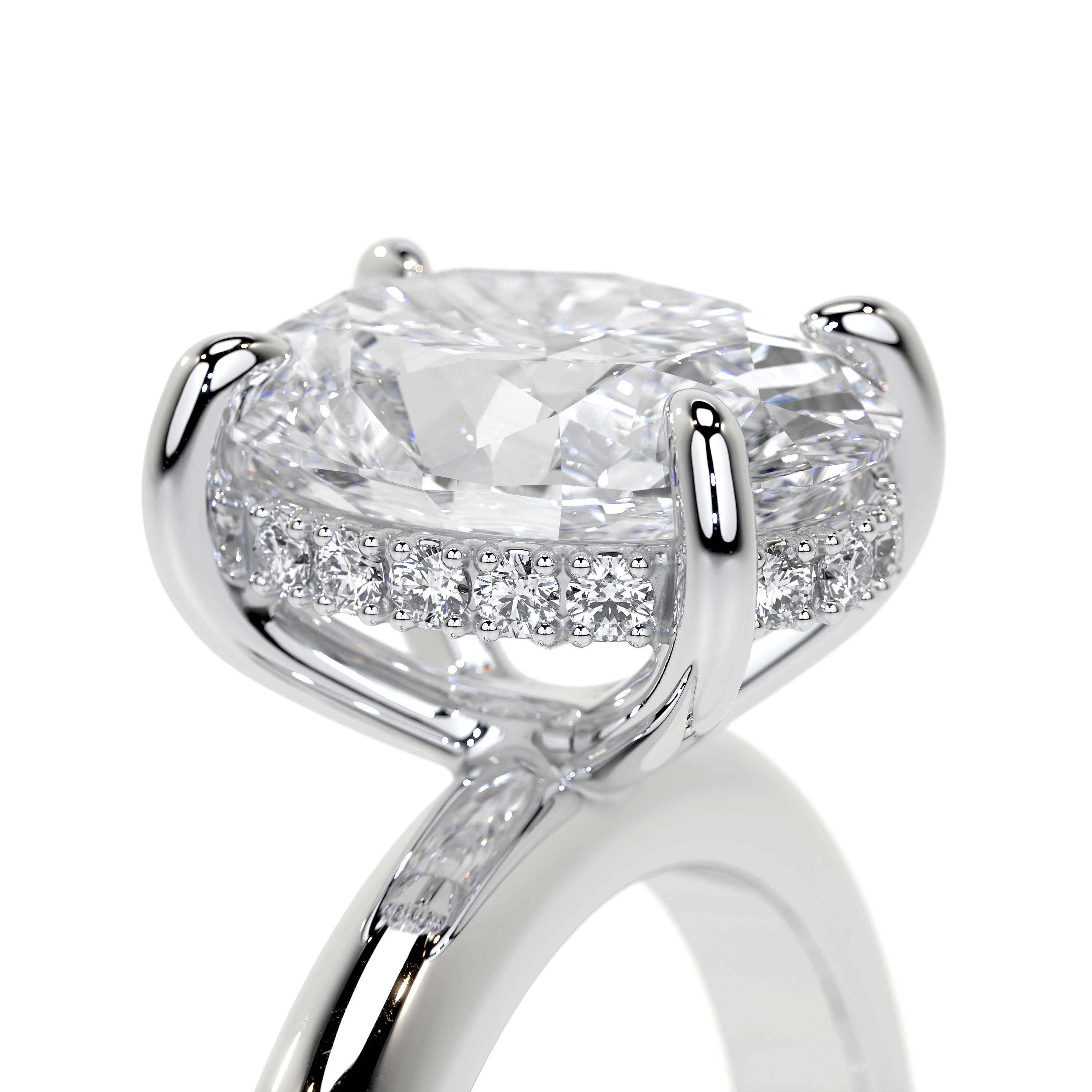When it comes to choosing the perfect lab-grown diamond engagement ring, the solitaire setting remains a timeless favourite. It highlights the beauty and brilliance of a single diamond — but the shape you choose plays a huge role in defining the ring’s character. Below are the most popular diamond shapes chosen by UK couples in 2024 and heading into 2025/2026:
Round Brilliant Cut Lab Diamonds
The round brilliant remains the best-selling diamond shape for solitaire rings — and for good reason. This cut offers maximum sparkle thanks to its 58 expertly crafted facets, making it the most brilliant and light-reflective shape available.
Ideal for: Traditionalists, sparkle lovers, and timeless elegance.
Oval Cut Lab Grown Diamonds
The oval cut is a sleek, elegant alternative to the round, offering a similarly brilliant look but with a slightly elongated silhouette. This creates the illusion of longer, slimmer fingers — a key reason it's grown in popularity.
Ideal for: Modern minimalists, fashion-forward brides, and those who love a flattering shape.
Emerald Cut Lab Diamonds
The emerald cut is known for its clean lines and vintage appeal. Unlike brilliant cuts, emerald diamonds use a step-cut faceting style, which produces a sleek, mirror-like effect rather than intense sparkle.
Ideal for: Lovers of Art Deco style, understated luxury, and elegant symmetry.
Cushion Cut Lab Diamonds
The cushion cut combines a square or rectangular shape with soft, rounded corners, giving it a “pillow-like” appearance. It offers a romantic, vintage-inspired look while still delivering plenty of sparkle.
Ideal for: Romantic styles, antique lovers, and those seeking a unique twist on a classic shape.
Pear Shaped Lab Grown Diamonds
The pear cut, also known as a teardrop shape, is a bold, statement-making option that’s rising in popularity. With one rounded end and one pointed tip, it elongates the finger and catches the light beautifully.
Ideal for: Unique, trend-setting brides looking for something distinctive.




